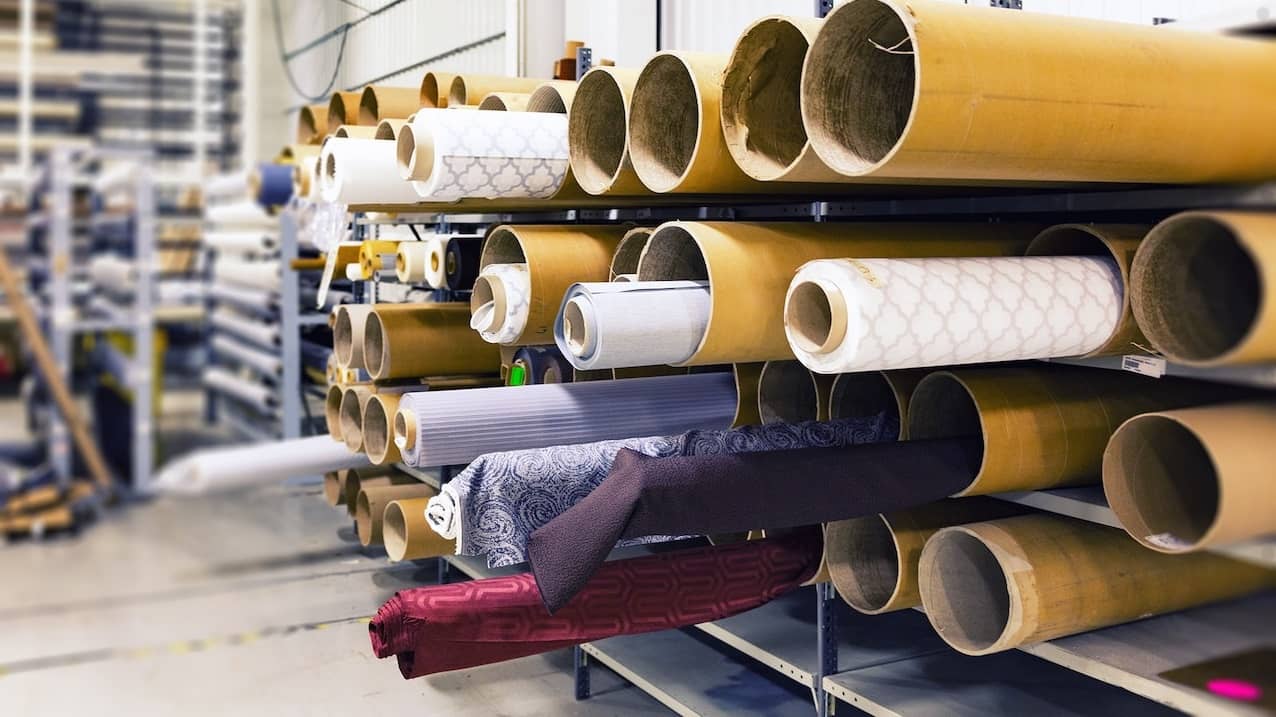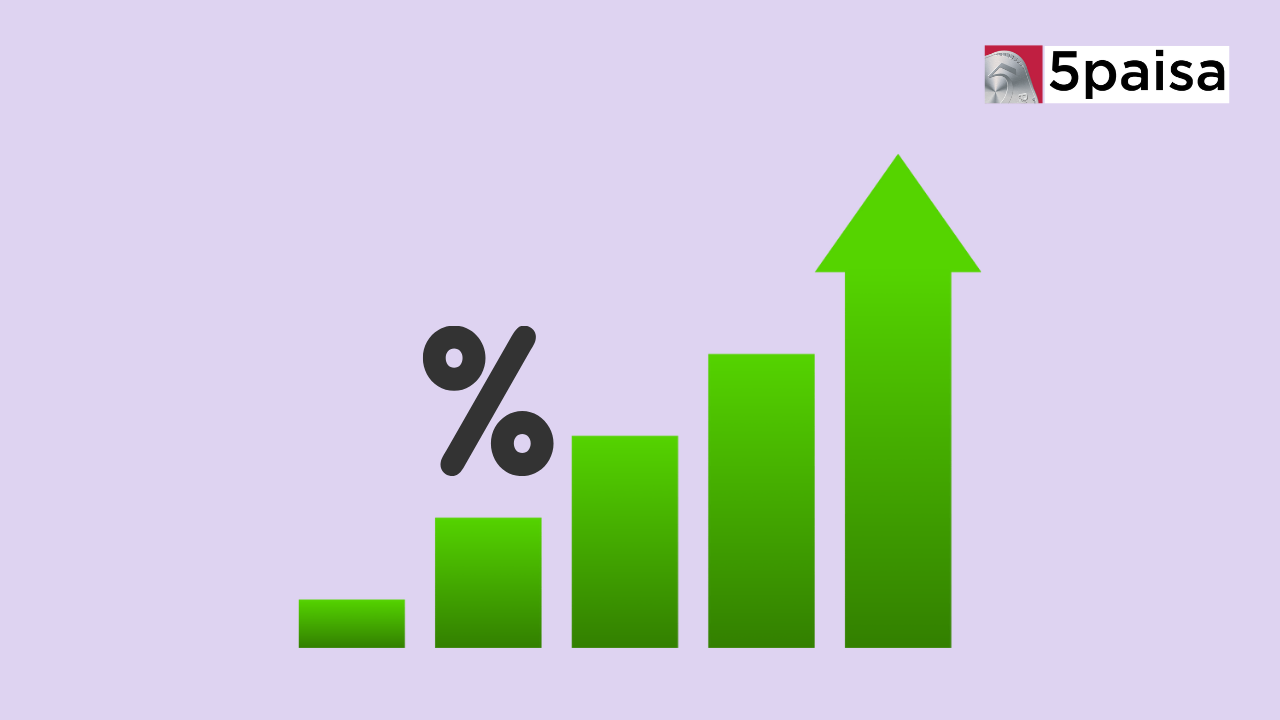Top Growth Stocks Trading at a Discount
Looking to bet on textile stocks? Here's a peek at cotton, manmade fibre price trends

Last Updated: 12th December 2022 - 02:03 am
Textiles is a varied mix of sub-segments and their business dynamics are partly linked but also differ from each other given different demand factors and drivers. Here’s a quick update on the key sub-segments on how demand and cost factors are shaping up.
Cotton: Domestic cotton prices are likely to soften due to fresh arrivals and higher production estimates backed by a higher cultivation area in the current season that runs October to September.
In October 2022, average cotton prices reduced by around 13.4% month on month and 0.5% year on year. The spread between Indian and international cotton prices halved but local cotton continued to be more expensive last month.
Rating agency Ind-Ra, which is affiliated to Fitch, expects cotton prices to continue to soften this quarter as the domestic as well as global consumption likely to be lower than the previous season. But the prices will remain higher than pre-Covid levels over the medium term due to the US ban on Chinese Xinjiang cotton, leading to limited downside risks for cotton prices.
Meanwhile, cotton yarn prices that declined around 10% last month is expected to moderate further, led by a softening in cotton prices and the expectations of excess raw material supply concerns.
Last month, cotton prices declined by 15% while PSF prices dipped only by 4%. Hence, the cotton-PSF spread reduced 26% month on month but remained 60% higher over October 2021. Thus, cotton-based products remain more expensive than synthetic fibre/MMF based products, supporting demand for MMF products.
Manmade fibre: MMF prices are expected to remain volatile over the medium term due to fluctuations in raw material prices driven by the oil production cuts announced to be effective from November 2022 and the US and European Union ban on Russian oil imports amid the aggravating geo-political tensions.
In October 2022, while the crude oil price increased 4% mom, MMF fibre prices dipped, reflecting a moderating demand as the cotton prices softened leading to lower demand expectations for MMF.
Exports: In the exports space, with the increased number of Covid infections in China, the country’s market share in US apparel imports reduced to 22.76% in the first five months of this fiscal from 24% a year ago while that of India increased to 6.15% (5.33%).
Also, while the overall quantity of US apparel imports increased 18% in April-August 2022 period, the quantity of imports from India jumped 36% in the same period, indicating higher traction from Indian exporters.
On the flip side, export competitiveness for Indian cotton terry towels and cotton bedsheets further weakened this year compared to other exporting nations on elevated cotton prices.
Thus, India’s market share in US imports of cotton terry towels reduced to 39.15% over January-August 2022 from 43.87% last year and that in US imports of cotton bedsheets it reduced to 50.21% (57.0%). This is likely to improve, however, as fresh cotton arrivals pick up pace.
Trending on 5paisa
04
 5paisa Research Team
5paisa Research Team
Discover more of what matters to you.
Indian Stock Market Related Articles
Disclaimer: Investment in securities market are subject to market risks, read all the related documents carefully before investing. For detailed disclaimer please Click here.
 Sachin Gupta
Sachin Gupta Ruchit Jain
Ruchit Jain




